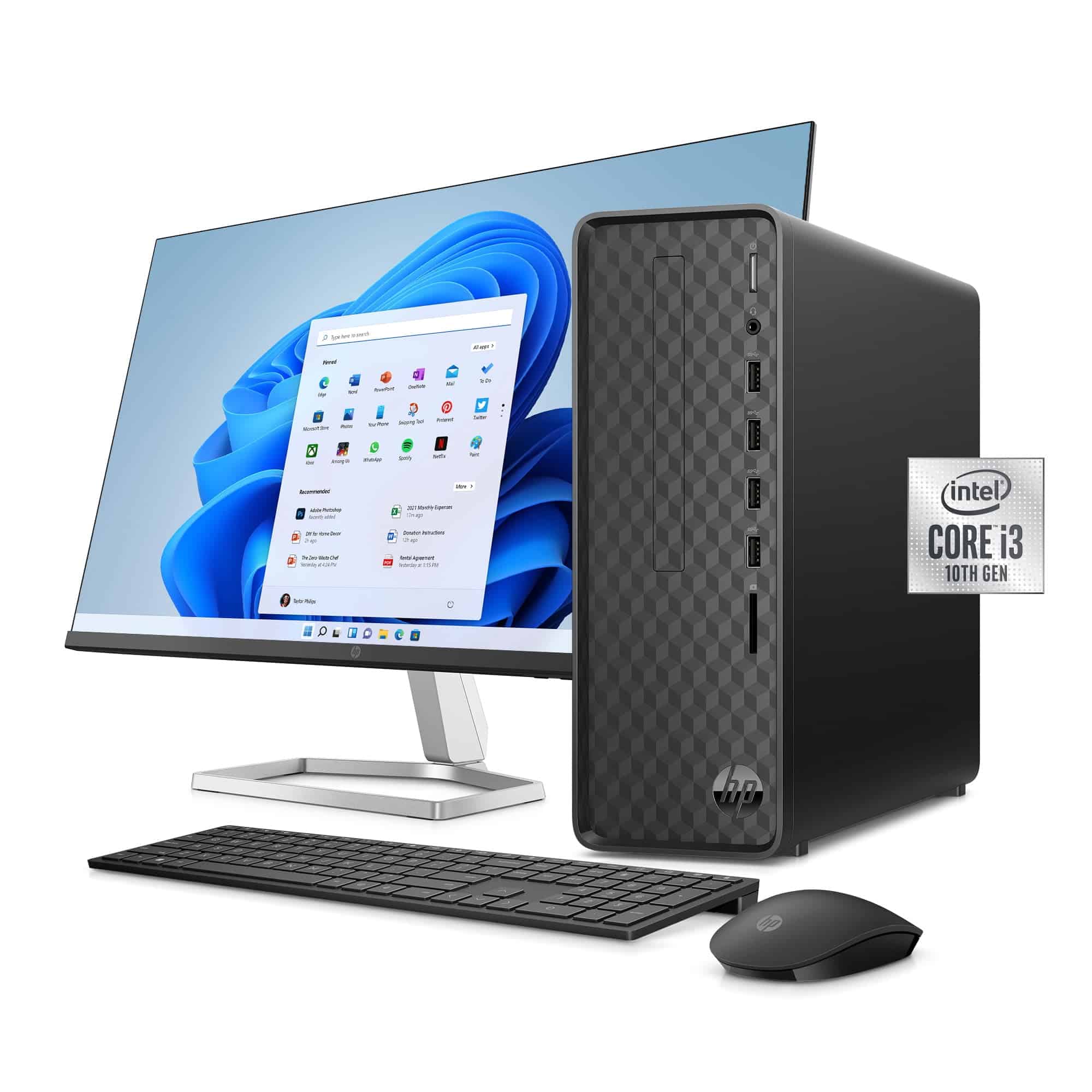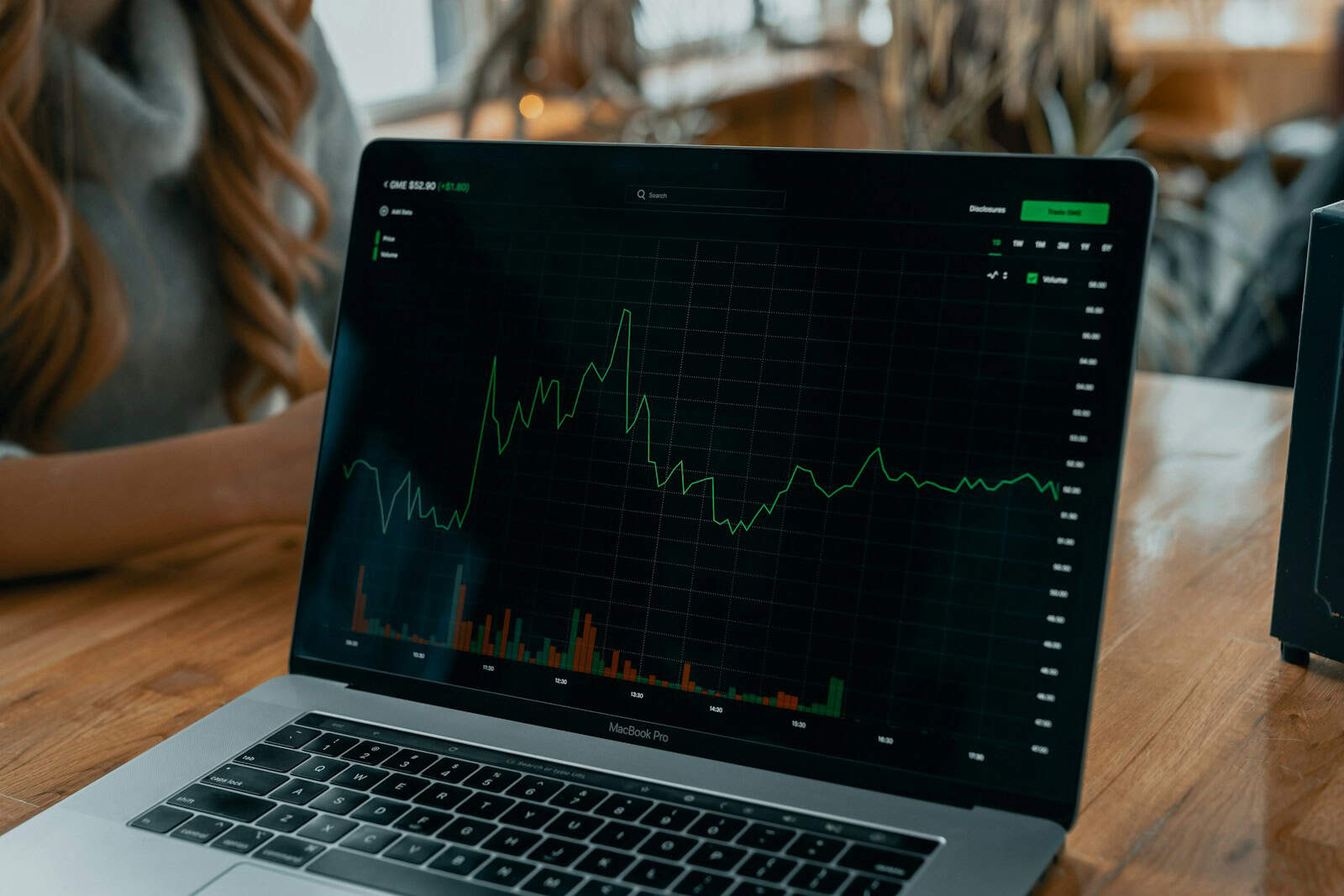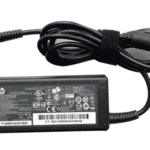After years of turbulence from pandemic-era disruptions and declining consumer demand, the global PC market is showing clear signs of recovery. In Q1 2025, global PC shipments rose by 6.7% year-over-year, reaching roughly 61.4 million units, according to Counterpoint Research.
The surge marks one of the most positive quarters in recent memory and signals that the PC industry is rebounding—but not for purely organic reasons.
Pre-Tariff Panic Buying Drives Sales Spike
Much of this growth appears to be driven by a race against the clock. With the U.S. government imposing new tariffs of up to 145% on Chinese-made electronics and components, both consumers and enterprises rushed to buy PCs before potential price hikes set in. Some manufacturers and retailers even offered early-year promotions to clear out inventory, anticipating logistics delays and cost increases due to geopolitical pressures.

A separate report from Canalys paints an even rosier picture, showing 9.4% growth in shipments for Q1 2025, totaling 62.7 million units—a sign that the exact growth rate varies depending on tracking methodology, but the overall trend is unmistakable.
Top PC Brands by Q1 2025 Growth
| Brand | Q1 2025 Shipments (Est.) | Year-over-Year Growth |
|---|---|---|
| Apple | ~6.7 million | 14.6% |
| HP | ~13.2 million | 3.1% |
| Lenovo | ~12.9 million | 4.5% |
| Dell | ~9.8 million | 1.9% |
| ASUS/Acer | ~6.0 million combined | 2.5% |
Apple saw the largest growth among the top five PC manufacturers, driven by strong MacBook demand, supply chain agility, and its integration of proprietary silicon (M-series chips). Apple’s ability to diversify its manufacturing—shifting some production to India and Vietnam—also helped insulate it from tariff exposure more effectively than competitors still heavily reliant on Chinese assembly lines.
Industry-Wide Implications
The growth, while promising, comes with caveats. Analysts warn that this may represent pull-forward demand, meaning buyers who would have made purchases later in the year chose to buy early to avoid price hikes. This could result in softened demand in Q2 or Q3 if the tariff situation doesn’t ease.
The industry is also feeling pressure from rising component costs and ongoing supply chain uncertainties. For example, PC case and components manufacturer Hyte temporarily halted U.S. shipments due to tariff complications, and many companies are considering relocating production to Southeast Asia to mitigate future risks.
Outlook for the Rest of 2025
Despite potential headwinds, many analysts expect modest continued growth for the remainder of the year, especially in the enterprise and education sectors. With Windows 10 support ending in October 2025, many businesses are expected to refresh their hardware in preparation for migrating to Windows 11 or newer systems. This looming deadline could drive another wave of upgrades, adding fuel to the market recovery.
Meanwhile, innovations in AI-powered PCs, improvements in battery efficiency, and shifts toward modular computing platforms are helping the PC industry modernize for the next generation of users.
As geopolitical challenges and tech transitions converge, the PC market is once again becoming a focal point of global tech strategy—not just for consumers, but for entire economies adapting to a shifting supply chain landscape.
Key Takeaways
- PC shipments grew 6.7% in Q1 2025, reaching 61.4 million units globally as buyers rushed ahead of potential tariff implementation.
- Different market research firms reported slightly varying figures, with growth estimates ranging from 6.7% to 9.4%.
- Apple outperformed other major manufacturers, securing the highest growth rate among the top five PC makers.
Q1 2025 Global PC Shipment Surge
The PC market showed remarkable strength in early 2025, with shipments reaching 61.4 million units globally. This growth was driven by AI-enabled devices and accelerated purchasing patterns due to upcoming trade policy changes.
Year-Over-Year Growth Drivers
PC shipments jumped from 57.5 million units in Q1 2024 to 61.4 million units in Q1 2025, marking a solid 6.7% increase according to Counterpoint Research. Some research firms like Canalys reported even stronger growth at 9.4%, with their data showing 62.7 million units shipped.
AI-enabled PCs emerged as a key driver behind this growth. These new models with enhanced processing capabilities attracted both business and consumer segments looking to upgrade their aging hardware.
The pandemic-era PC buying cycle has finally completed its refresh phase. Many organizations that delayed upgrades during economic uncertainty have now moved forward with fleet renewals.
Supply chain improvements also contributed to the positive numbers. Manufacturers have largely resolved the component shortages that plagued the industry in previous years.
Anticipated U.S. Tariffs on Chinese Imports
The looming U.S. tariffs on Chinese imports created a significant “buy now” incentive. Many businesses accelerated purchasing decisions to avoid potential price increases later in 2025.
Manufacturers responded by increasing production and shipping more units in Q1. This created artificially high demand as distributors and retailers stocked up on inventory before tariff implementation.
The tariffs specifically target electronic goods manufactured in China, which includes many PC components and fully assembled systems. Some analysts predict these tariffs could increase consumer prices by 10-25% depending on the product category.
PC makers have been working to diversify their manufacturing bases. Production has been shifting to countries like Vietnam, India, and Mexico to mitigate tariff impacts and create supply chain resilience.
Top Manufacturers and Brand Performance
Lenovo maintained its position as the global market leader with approximately 24% market share. The company’s diverse product lineup and strong business relationships helped secure its top position.
HP followed closely in second place with about 22% of the market. HP saw strong growth in both consumer and commercial segments, particularly with their premium and AI-enabled offerings.
Dell faced more challenges but still held roughly 16% of the market. Their business-focused strategy continued to deliver results despite overall market pressures.
Apple showed modest growth in the Mac segment, holding around 8% of the global PC market. Their M-series chips continued to differentiate their products in the premium segment.
ASUS rounded out the top five with approximately 7% market share, showing strong performance in gaming and creator-focused systems.
Geographical Trends and Key Markets
The U.S. market showed the strongest growth at nearly 10% year-over-year. Tariff concerns drove much of this increase as businesses and retailers stocked up on inventory.
European markets grew more modestly at around 5%. Economic uncertainty in several key countries limited more substantial growth in this region.
China’s domestic market remained relatively flat, growing just 2%. Local brands continued to gain share against international competitors in this increasingly competitive landscape.
India emerged as the fastest-growing major market with 15% year-over-year growth. The country’s expanding middle class and digital transformation initiatives fueled demand for both consumer and business PCs.
Southeast Asian markets also performed well, with Vietnam and Thailand showing double-digit growth as manufacturing continues to shift to these regions.
Market Dynamics Shaping the PC Industry
The global PC market is experiencing significant shifts driven by multiple factors including tariff concerns, technological advancements, and changing support policies. These elements are creating both challenges and opportunities for industry players.
Role of AI-Enabled PCs and Advanced Devices
AI-enabled PCs are becoming a major growth driver in the market. These machines offer enhanced productivity features, improved user experiences, and better performance for demanding tasks. Many consumers and businesses are upgrading to these advanced systems for their AI capabilities.
Manufacturers are racing to integrate specialized AI hardware. Chips with neural processing units (NPUs) now come standard in many mid-range and premium models. This trend is creating a clear divide between basic and advanced systems in the market.
Software companies are developing applications that take advantage of these AI capabilities. From photo editing to language translation, these programs provide practical benefits that justify the premium prices of AI-enabled devices.
The gaming and content creation segments show particularly strong demand for these systems. Professional users appreciate the improved rendering times and real-time processing capabilities that weren’t possible on previous generations of hardware.
Supply Chains and Manufacturing Shifts
Manufacturing locations are changing rapidly as companies try to avoid tariff impacts. Many OEMs are moving production from China to Vietnam, Malaysia, and other Southeast Asian countries. This shift requires significant investment but helps maintain competitive pricing.
The semiconductor shortage that plagued the industry is easing, but supply chains remain fragile. Raw material costs and transportation issues still cause occasional disruptions in production schedules.
Contract manufacturers are adapting by building more flexible facilities. These can switch between different product types as demand shifts, making the supply chain more resilient to market changes.
Near-shoring is becoming a strategy for some brands. Building products closer to end markets reduces shipping times and costs, while also providing some insulation from international trade tensions.
OEM Strategies and Windows 10 Support End
PC makers are adjusting their strategies ahead of Windows 10’s end of support in October 2025. Many are offering special upgrade promotions to drive sales before the deadline. This has contributed to the recent shipment growth as organizations replace older systems.
Business customers are especially responsive to these campaigns. IT departments are planning systematic upgrades to avoid security risks associated with unsupported operating systems.
OEMs are diversifying their product lines to target specific customer segments. Premium brands are focusing on AI capabilities while budget manufacturers compete on price and value.
The education market remains important but challenging. Schools require affordable devices but also need durability and support. Several manufacturers have developed specialized education models that balance these requirements with competitive pricing.
Frequently Asked Questions
The global PC market showed strong growth in early 2025, driven by multiple factors including tariff concerns. Many businesses and consumers have changed their purchasing strategies in response to economic conditions.
How have anticipated U.S. tariffs on Chinese imports influenced PC purchase patterns?
The looming U.S. tariffs on Chinese imports have caused many businesses and consumers to move up their purchase timelines. Rather than waiting until later in the year, many buyers decided to acquire new computers in Q1 2025.
Retailers have also been rushing to increase their inventory before the tariffs take effect. This “pull-in” effect has created an artificial surge in demand during the first quarter.
Companies with manufacturing in China have been particularly affected by these buying patterns. Many consumers want to lock in pre-tariff prices while they can.
What factors have contributed to the growth in global PC shipments in Q1 2025?
The 6.7% growth in PC shipments stems from several key factors beyond just tariff concerns. The market reached approximately 61.4 million units shipped worldwide during this period.
Some companies like Apple and Lenovo saw double-digit gains in their market share. This suggests strong product offerings and competitive positioning helped drive sales.
Business upgrades have also played a role in the increased shipments. Many companies are refreshing their technology as part of regular update cycles.
What projections exist for PC market growth in the coming years?
Market analysts expect PC shipments to stabilize after the current tariff-related surge. Once the initial rush passes, normal buying patterns should resume.
Long-term growth will likely be tied to innovation in computing technology. New processor capabilities and AI features may drive replacement cycles in the future.
The business sector remains a steady source of demand for PC manufacturers. Enterprise refresh cycles typically happen every 3-5 years regardless of other market factors.
How does the recent increase in PC shipments compare to historical trends?
The 6.7% growth in Q1 2025 represents a significant improvement over previous quarters. PC markets have historically been cyclical with periods of growth and contraction.
During the pandemic years (2020-2021), PC shipments saw unusual spikes due to remote work needs. The current growth is more modest but still considered healthy for the industry.
Before the pandemic, the PC market had been relatively flat or declining slightly. This recent growth suggests the industry has found new stability.
Which regions are driving the surge in PC shipments witnessed in Q1 2025?
While specific regional data isn’t detailed in the available information, global markets have responded to the tariff situation. The North American market likely saw strong activity due to direct exposure to U.S. tariff policies.
Asian markets, particularly China, may have seen manufacturing shifts in response to the trade situation. Some production has moved to avoid tariff impacts.
European markets typically follow different patterns based on local economic conditions rather than U.S. trade policies. Their contribution to the overall growth picture would depend on regional factors.
What implications do rising PC shipments have for component supply and manufacturing capacity?
The sudden increase in demand has put pressure on component suppliers. Memory, processors, and display panels are particularly vulnerable to supply constraints.
Manufacturing facilities are running at higher capacity to meet the increased demand. This could lead to longer lead times for certain custom configurations.
Pricing for components may increase if shortages develop. The rush to build inventory before tariffs could create temporary imbalances in the supply chain.







